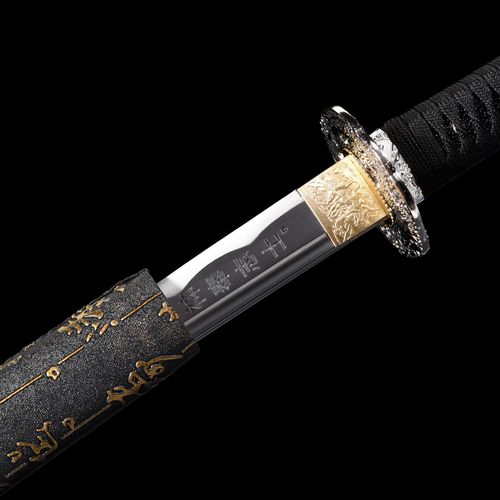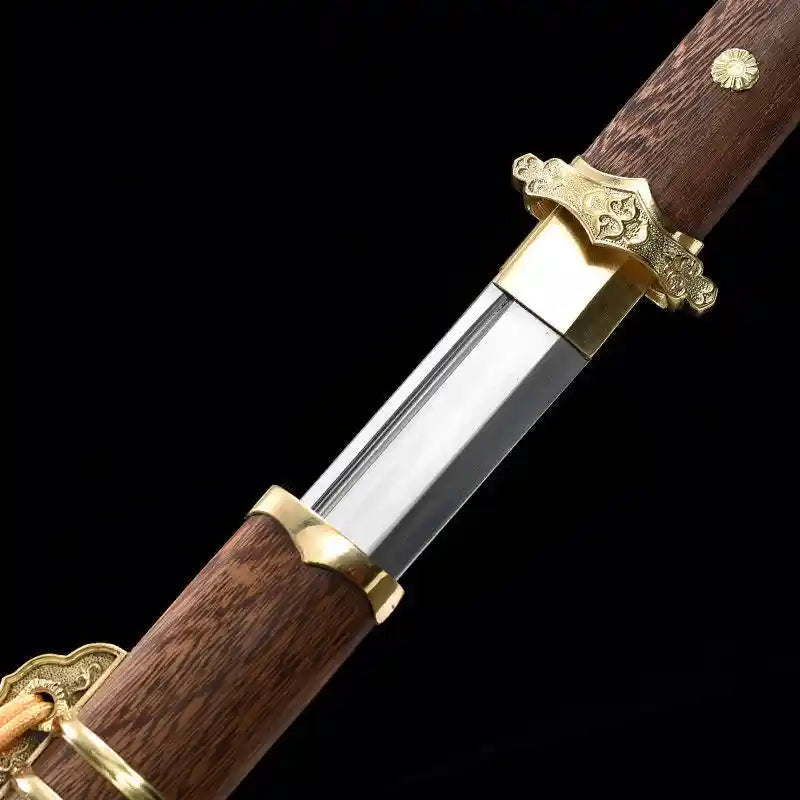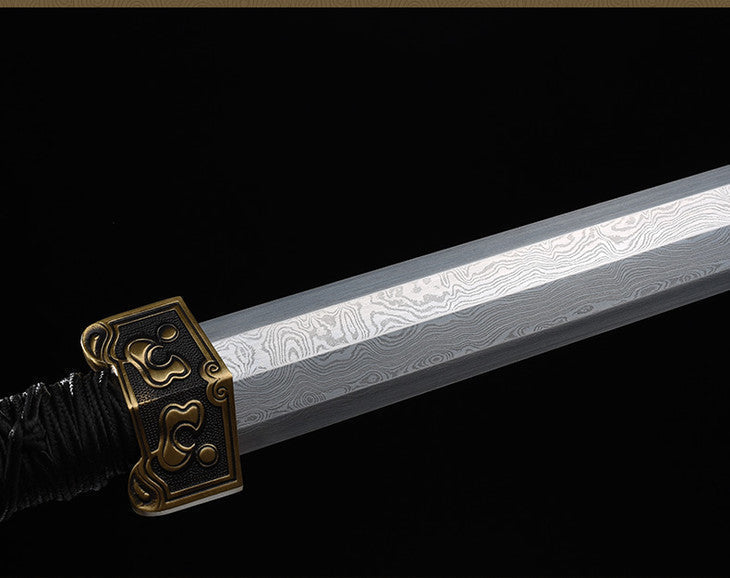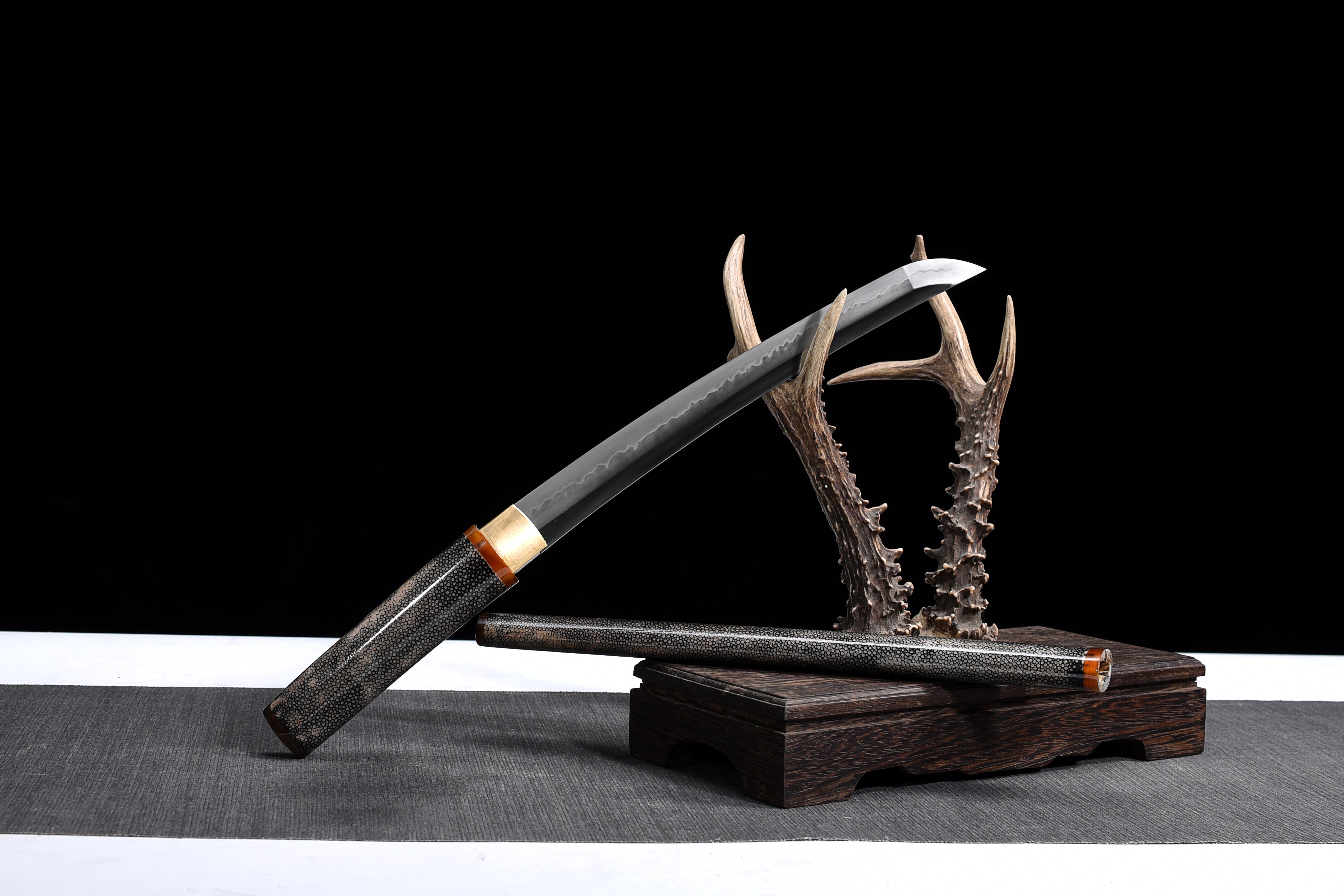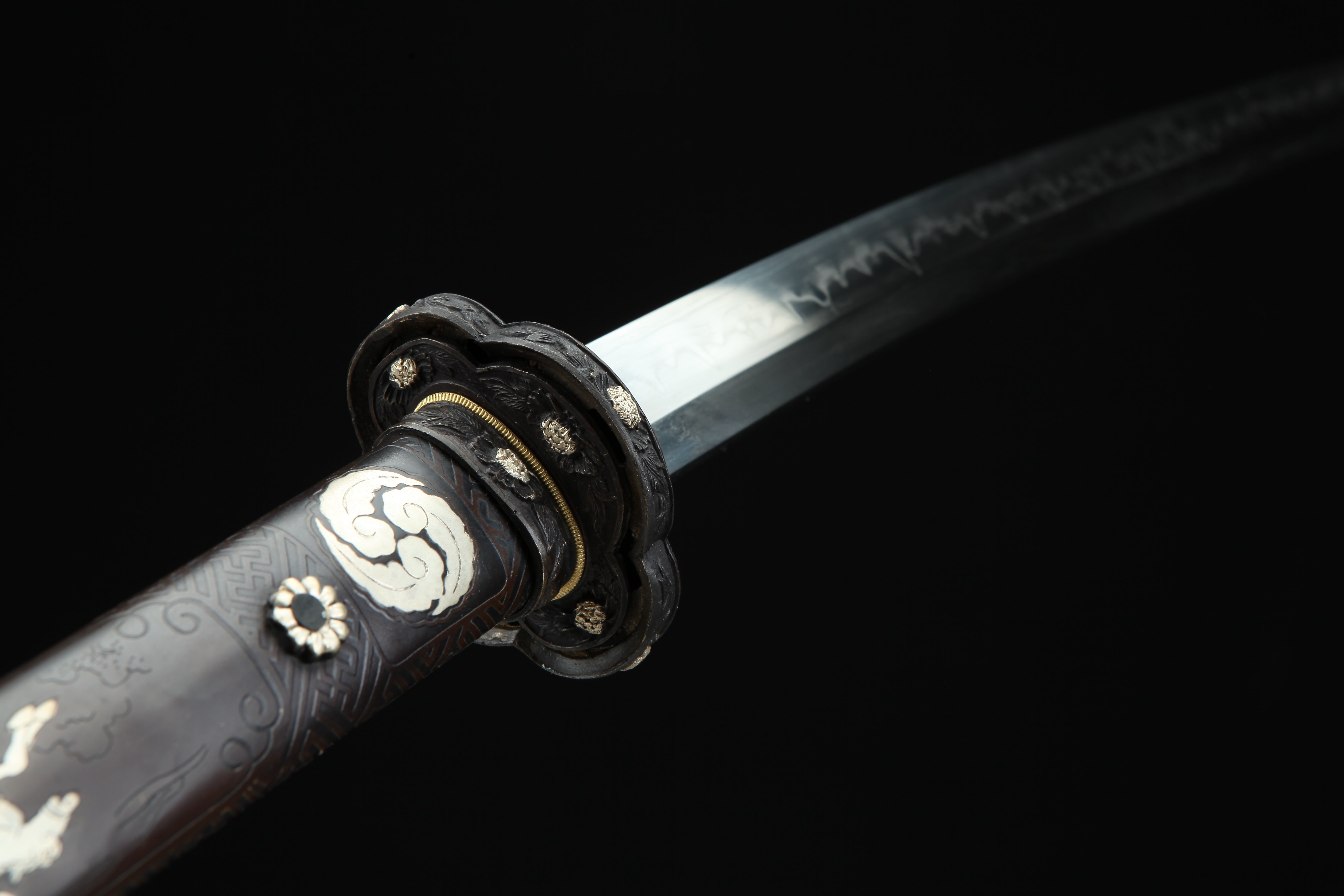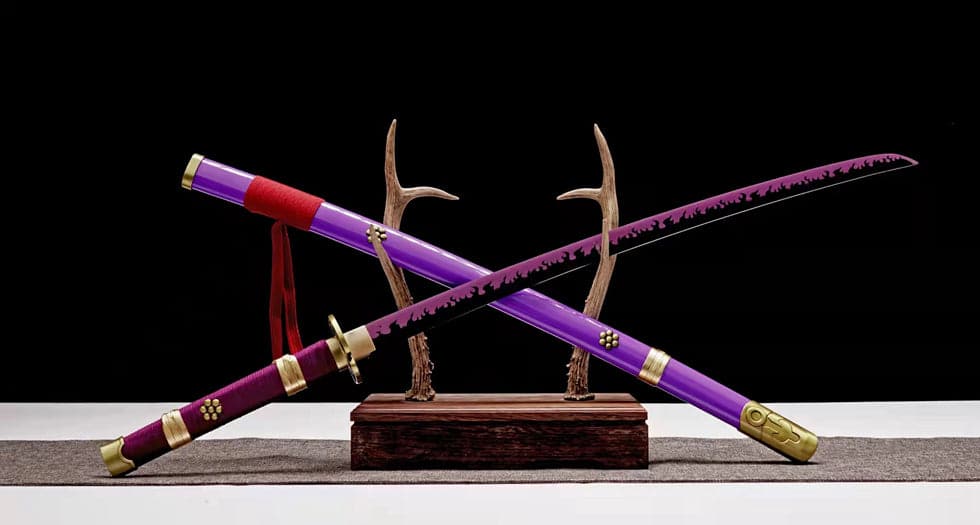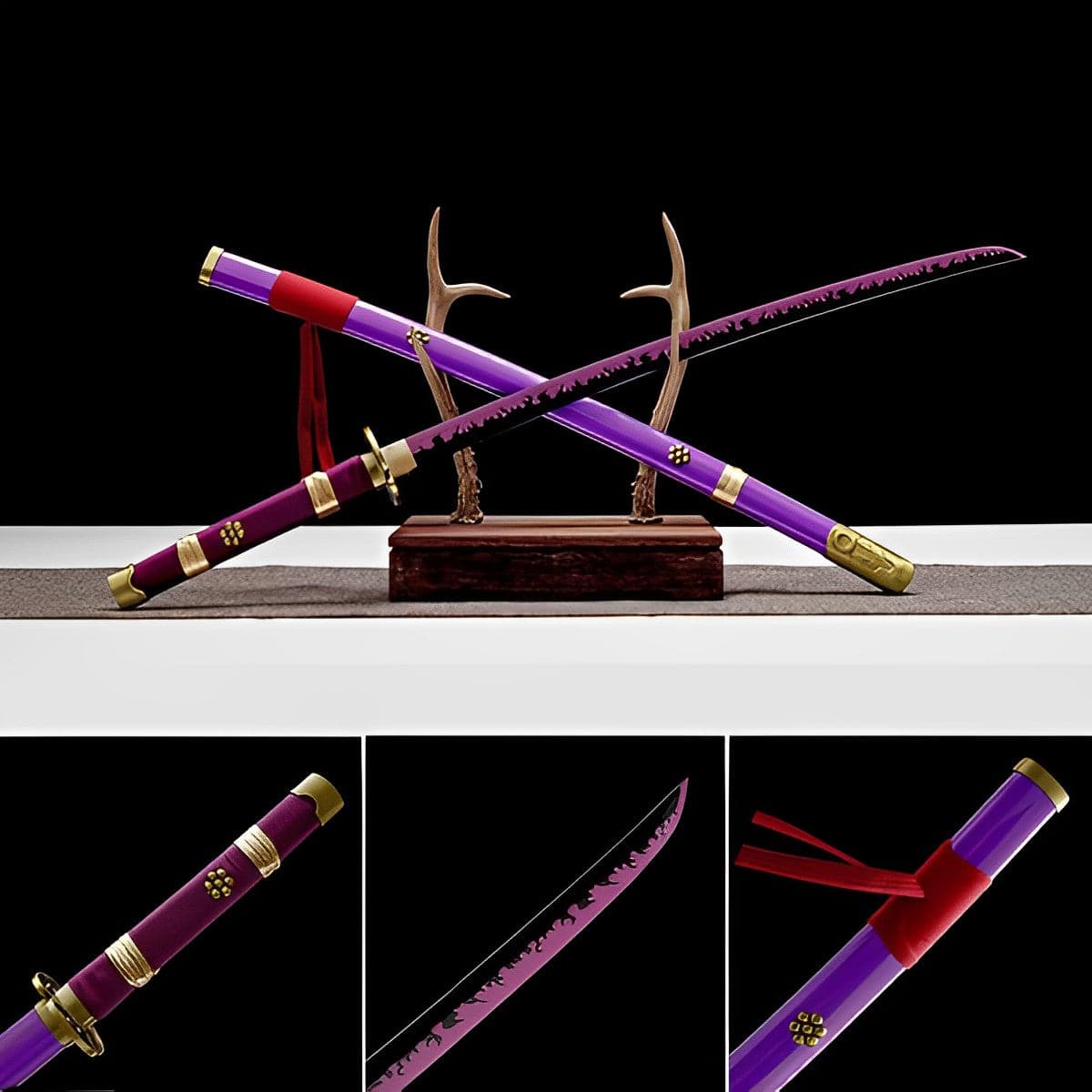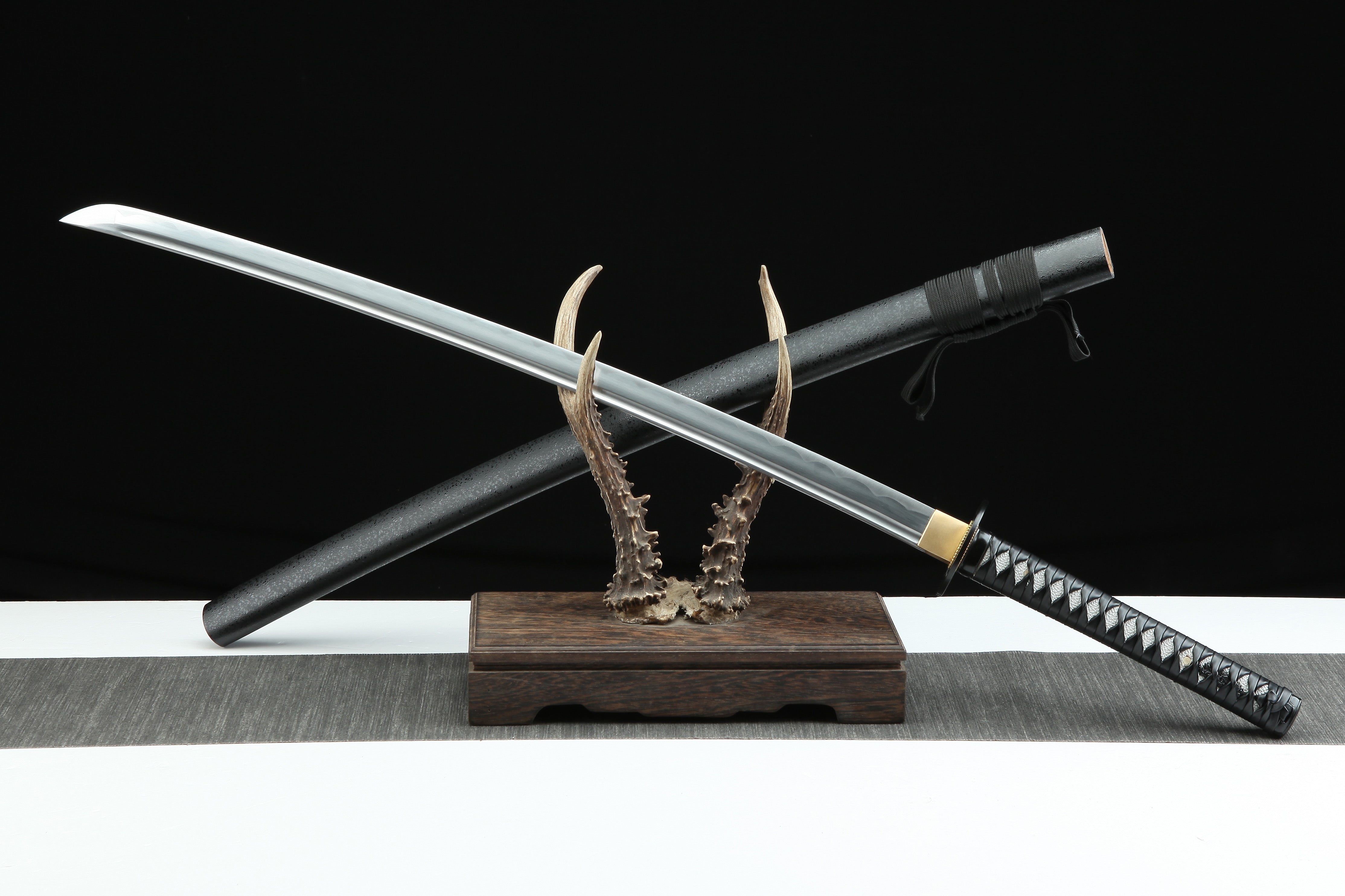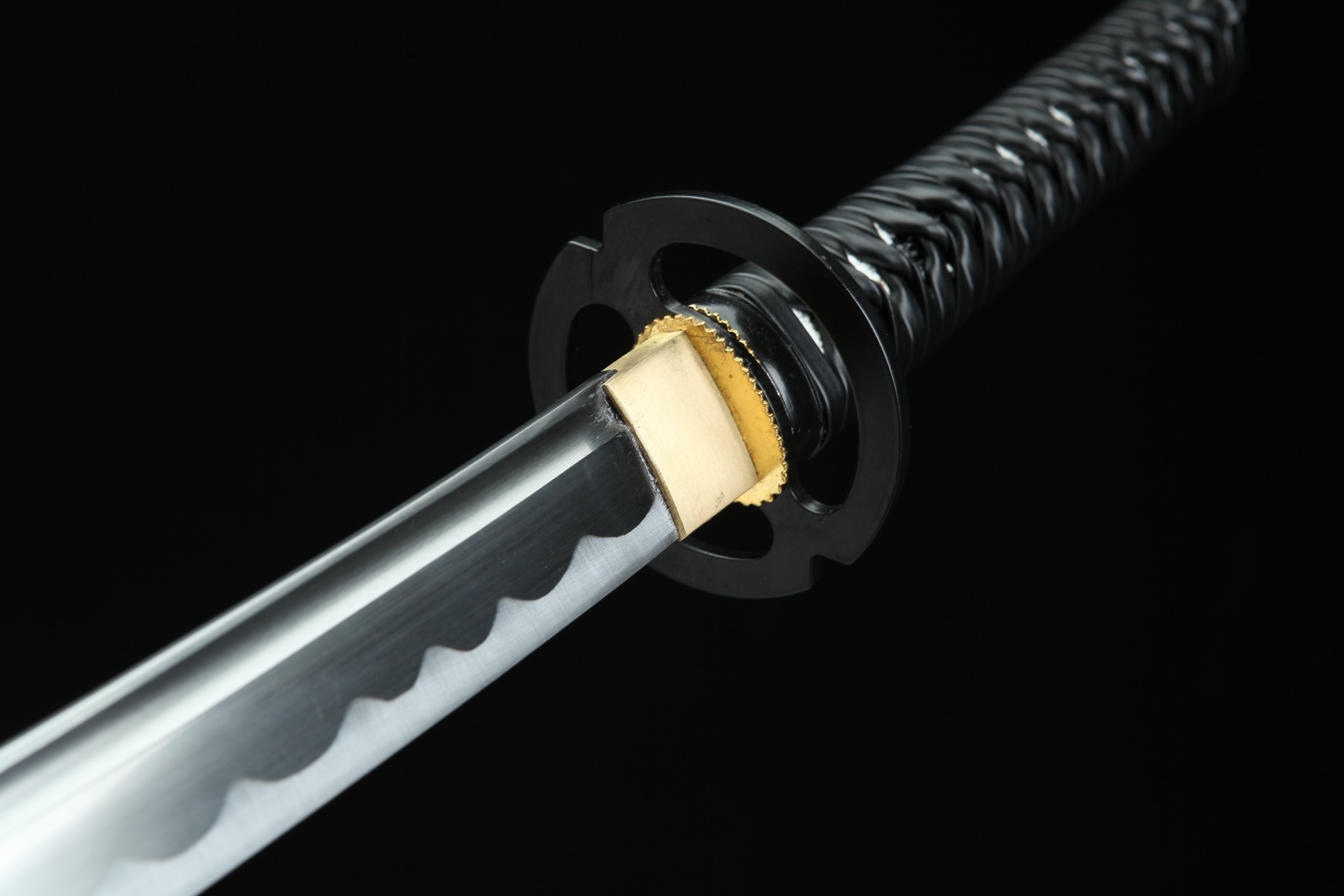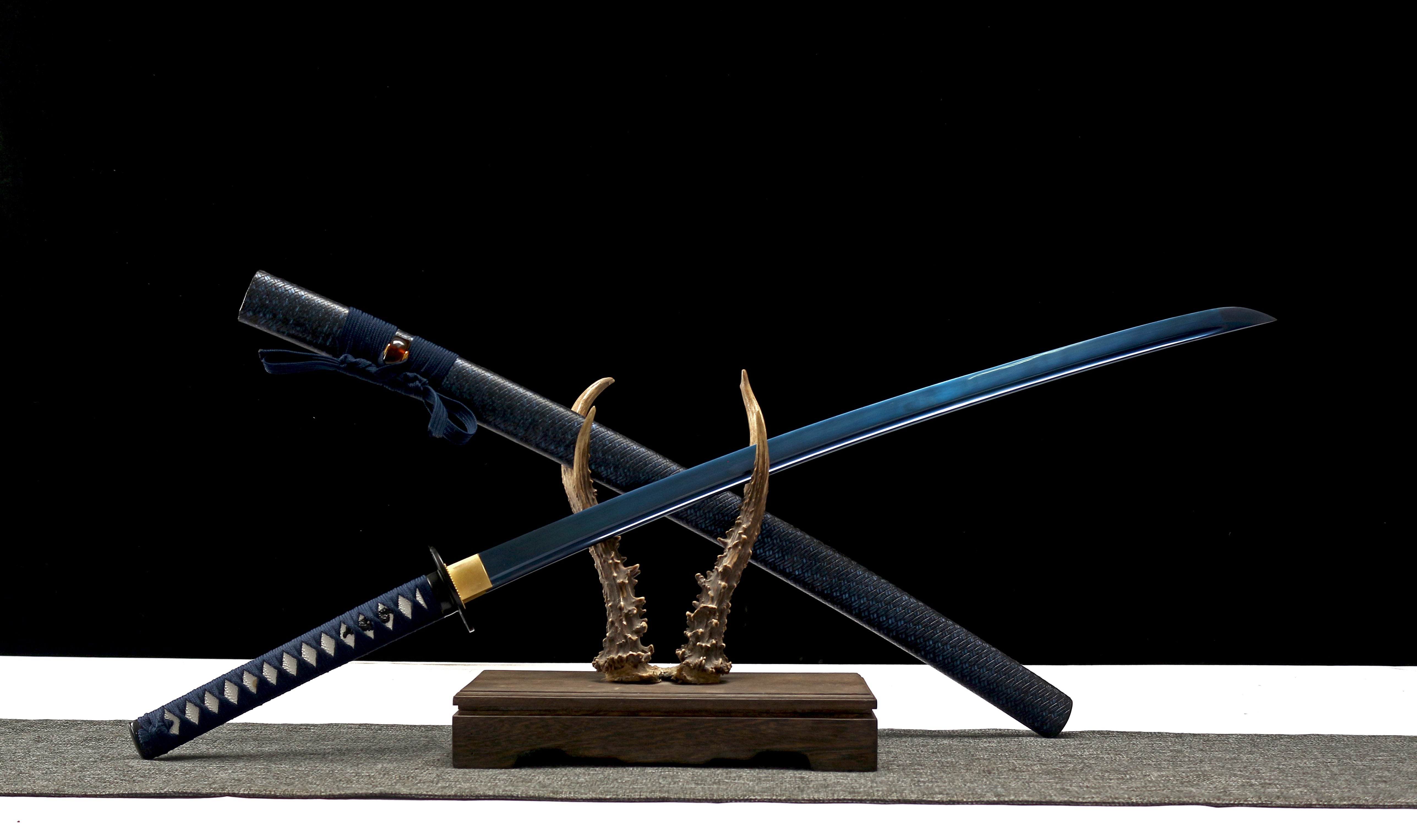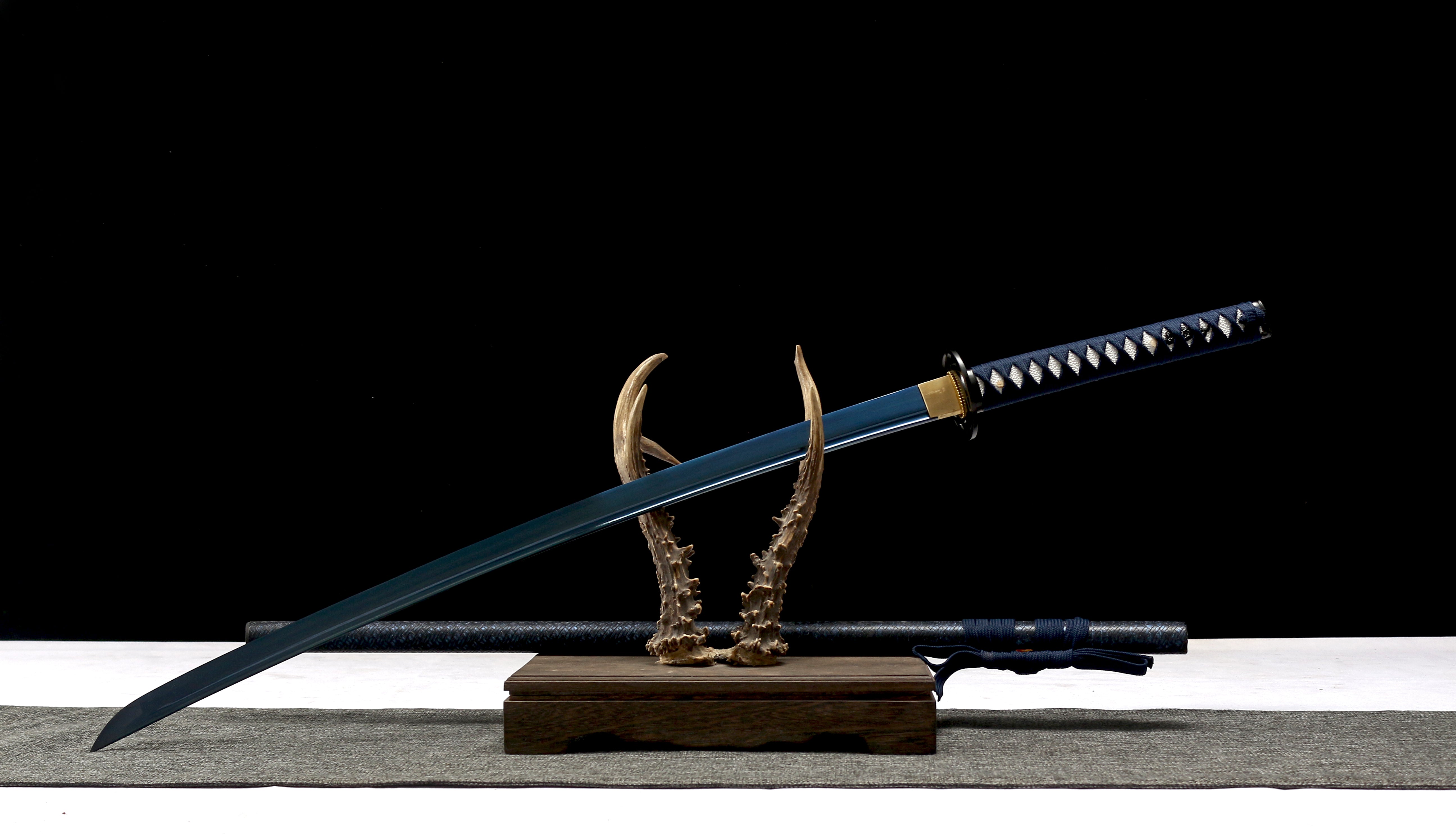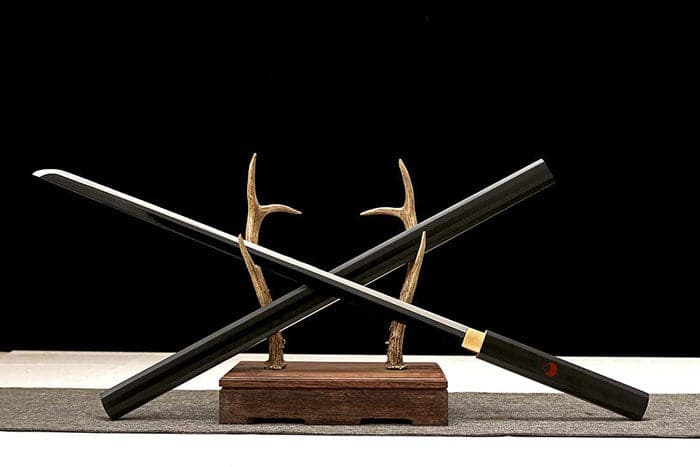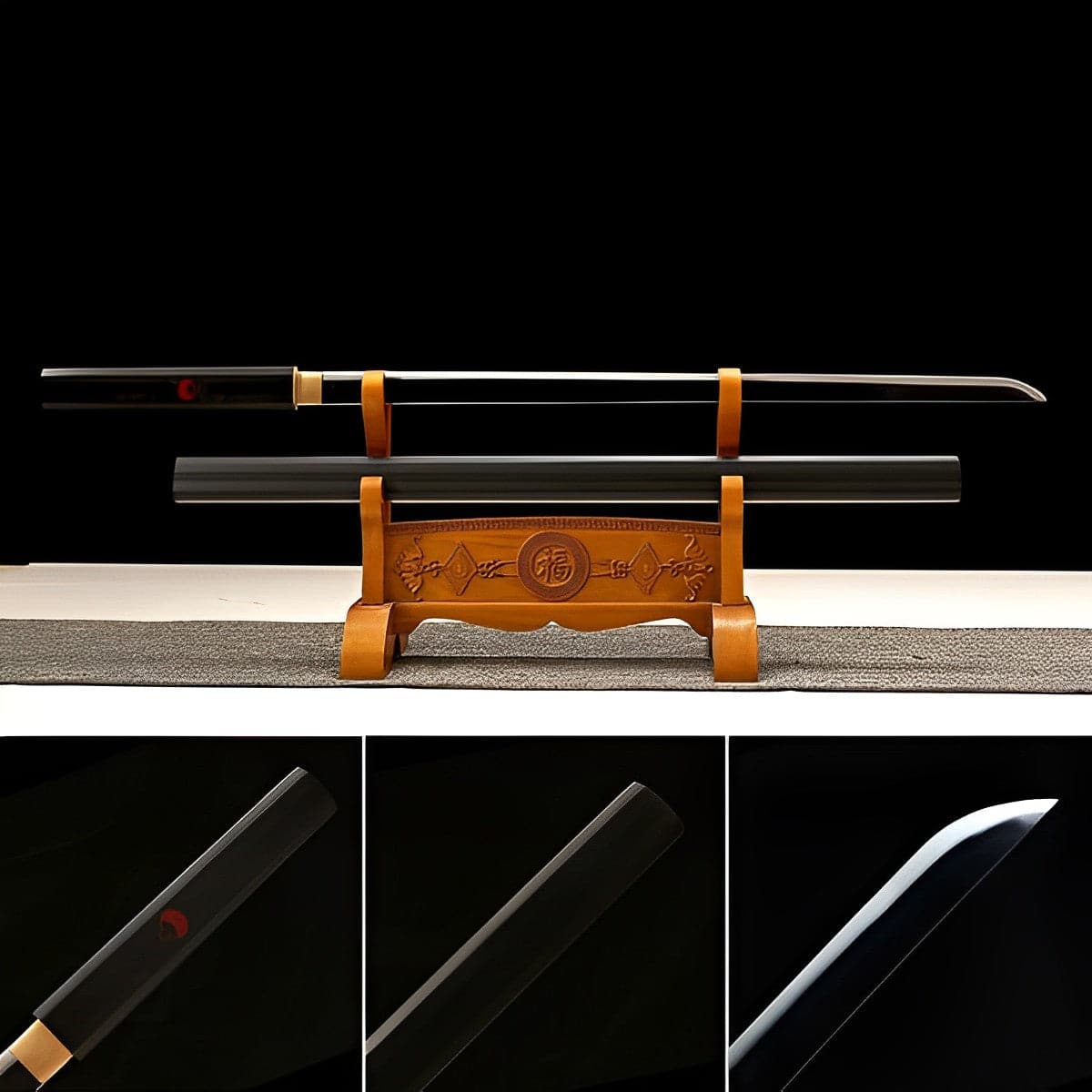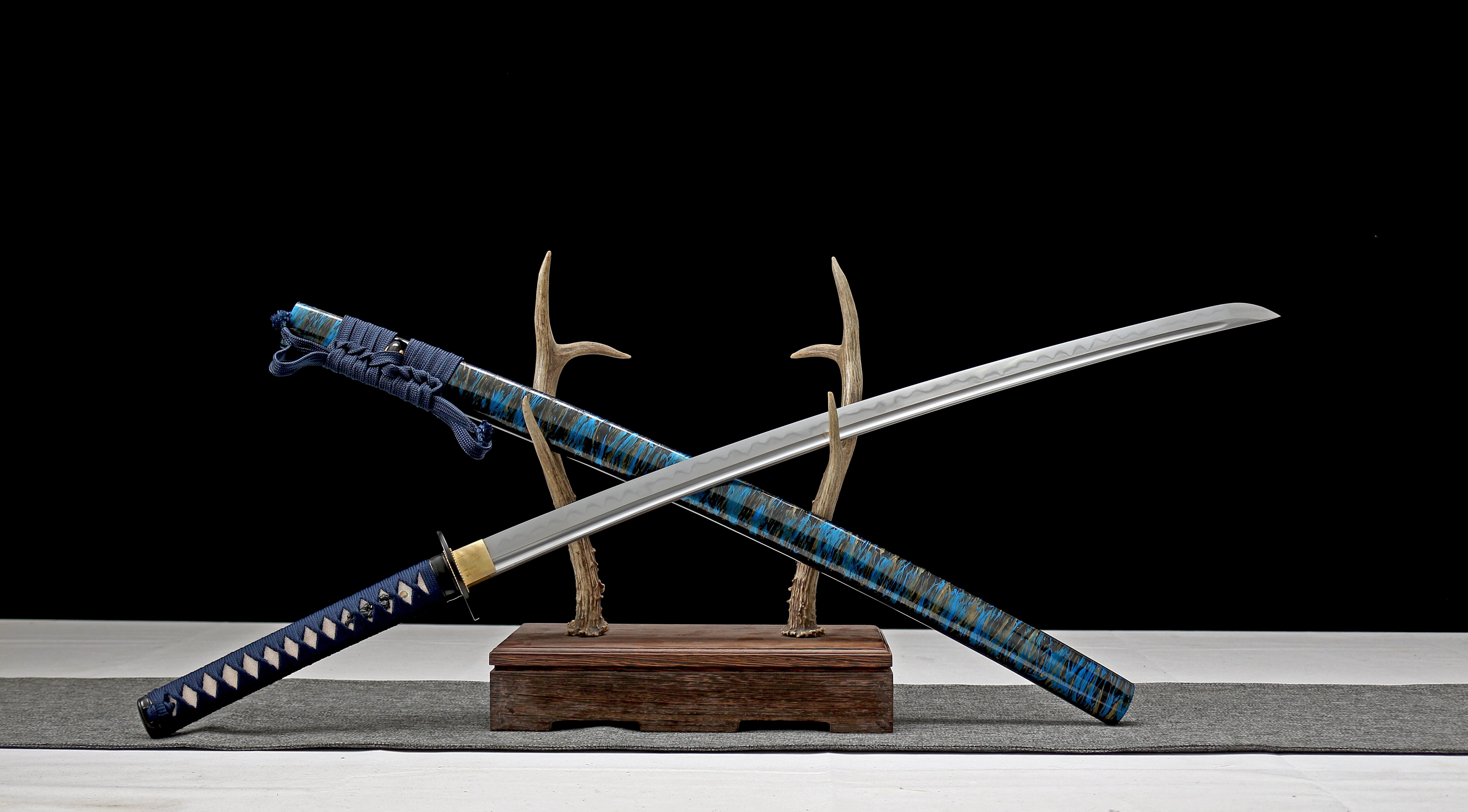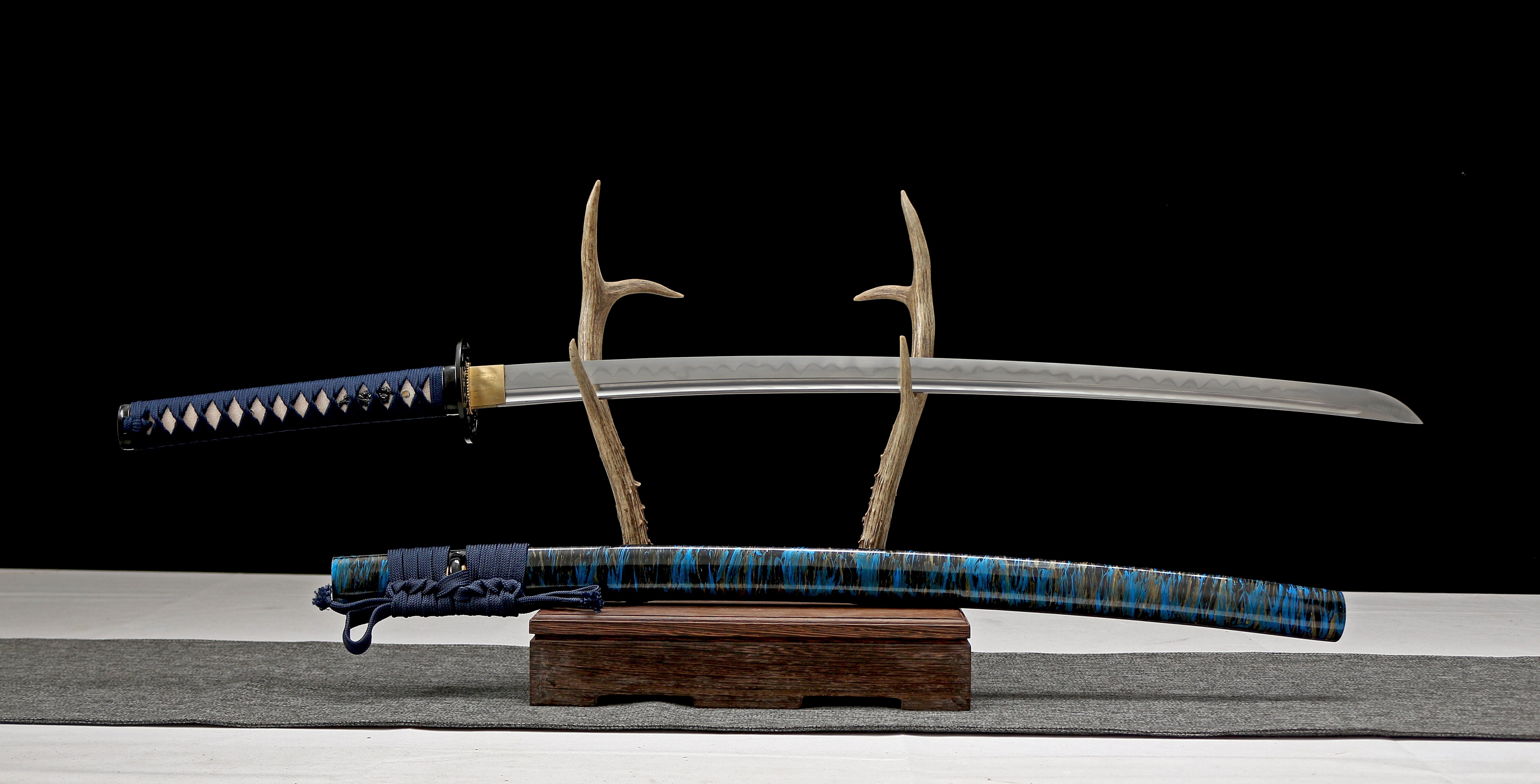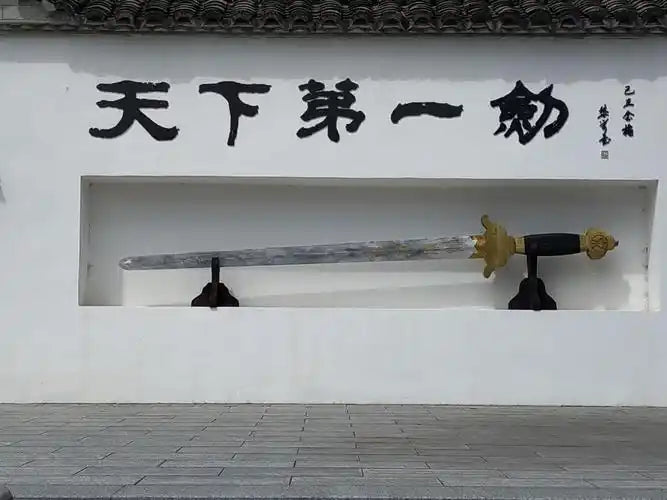
The Evolution of Longquan Swords: A 2,600-Year Journey Through China’s Blade-Making Heritage
Introduction: Where Dragons and Steel Meet
Nestled in Zhejiang province’s misty mountains, Longquan (龙泉) – meaning "Dragon Spring" – has been the holy grail of Chinese sword-making since the Spring and Autumn Period (771–476 BC). This region didn’t just produce weapons; it forged the soul of Chinese martial culture, blending Daoist metallurgy with imperial patronage and warrior philosophy.
At LOONG BLADE, we continue this legacy by merging ancient Longquan techniques with modern precision, offering collectors living pieces of history.
Chapter 1: The Bronze Age Beginnings (771–221 BC)
The Ou-Yue Kingdom’s Secret
Longquan’s sword-making tradition began with the Ou-Yue tribes, who pioneered:
- Composite casting: Layering bronze with tin for flexible spines and hard edges
- Inscribed blades: Early swords featured mysterious bird-worm seal scripts (鸟虫篆)
Legendary Example: The Sword of Goujian, buried for 2,000 years yet untarnished, showcases this era’s metallurgical genius.
Chapter 2: The Iron Revolution (Han to Tang Dynasties, 206 BC–907 AD)
Daoist Alchemists Advance Metallurgy
Longquan smiths became masters of wrought iron:
- Bai Lian Steel (百炼钢): Folding iron 100+ times to remove impurities
- Differential hardening: Using local clay to create proto-hamon patterns
Imperial Endorsement:
- Tang Dynasty generals commissioned Longquan dao (single-edged sabers) as standard military issue
- The famous Zhanmadao (horse-chopping sword) measured 6+ feet long
Chapter 3: The Golden Age (Song to Ming Dynasties, 960–1644 AD)
The Three Great Longquan Styles Emerged
| Style | Characteristics | Signature Swords |
|---|---|---|
| Imperial | Jade-hilted, gold-inlaid | Emperor’s ritual swords |
| Scholar | Slim jian with taiji motifs | Seven-Star Sword (七星剑) |
| Military | Heavy dao with blood grooves | Willow-Leaf Saber (柳叶刀) |
Cultural Peak:
- 1,200+ forges operated in Longquan during the Ming Dynasty
- Swordsmiths became national heroes defending against Japanese pirates (倭寇)
Chapter 4: Decline and Revival (Qing Dynasty to Modern Era)
The Dark Ages (1644–1911)
- Qing Dynasty bans on private sword ownership nearly erased the craft
- Surviving smiths disguised swords as agricultural tools
20th Century Renaissance
- 1956: Chinese government revives Longquan as a cultural heritage site
- 2006: Traditional Longquan sword-making listed as National Intangible Cultural Heritage
Modern Masters:
- Chen A’xiang (陈阿昌): Last living holder of the "72-step folding" technique
- Shen Guangpei (沈广隆): 4th-generation smith blending tungsten alloys with ancient methods
Chapter 5: LOONG BLADE’s Homage to Longquan Traditions
We preserve these 2,600-year-old secrets while innovating:
Traditional Techniques We Maintain:
✔️ Dragon-Scale Folding – 13-layer grain pattern
✔️ Spring Water Quenching – Using Longquan’s mineral-rich waters
✔️ Celestial Engraving – Hand-carved constellations on tangs
Modern Enhancements:
⚡ AI-assisted temperature control for perfect hardening
🔬 Metallurgical analysis to recreate legendary alloys
Conclusion: The Sword That Shaped China
From Goujian’s bronze relic to modern martial artists’ treasured blades, Longquan swords embody:
- Resilience – Surviving dynastic collapses
- Artistry – Inspiring poets and painters
- Spirit – Carrying the wu xia (martial chivalry) ethos

